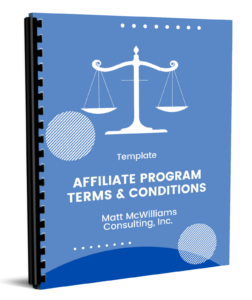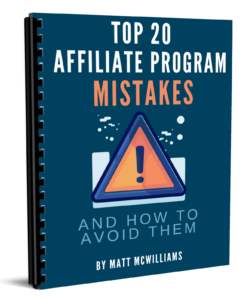Did you know that when you speak, everyone hears you differently? It’s true. At first, that seems daunting. You mean that if I am speaking to my 12-member team I have to speak to 12 different audiences all at once?

Not exactly…and I’ve asked Cindy Parsons to explain why.
Cindy is a business adviser and mom of four who loves to write and hike in her spare time. Take it away Cindy…
Everyone experiences the world differently. We have the same sensory inputs — seeing, hearing and touch — but people develop preferences through which they understand the world around them. These learning styles are important to remember if you’re going to be speaking to a group.
Neil Fleming’s VAK model of learning is a good place to start. VAK stands for the three dominant systems people use to encounter the world: visual, auditory and kinesthetic (feeling). As humans grow and develop, they develop preferences to one or more of these systems.
Experiencing the World Three Ways
Three people tell you their perspective of the upcoming day:
- “I see it will be a great day today.”
- “I hear it will be a great day today.”
- “I feel it will be a great day today.”
Now, these examples are obvious as to who is visual, who is auditory and who is kinesthetic. Here are some harder examples:
- “I’ve looked at this proposal from several perspectives and still don’t see a long-term vision.”
- “I really resonate with the proposal, and from the tone of it, I can tell it’s going to be successful.”
- “I have a good grasp of the essence of the proposal and am comfortable it will handle our needs long-term.”
Again, these are in order of the visual, auditory and kinesthetic person, though deciphering these types takes a discerning outlook.
Communication Challenges
Not only do people experience the world with these three preferences, they communicate this way, too. Imagine a meeting room where three people are discussing adopting a business proposal, and they say the above phrases to each other. We become accustomed to how people communicate, so they would all understand what each other is trying to say. But we don’t have the same comfort level as if they spoke to us in our “language.”
Andy Smith, a coach who teaches about using these systems, says when people with different preferences speak to each other, there is an obstacle. They both have to do some translation of what the other said.
For instance, when the auditory person wants to say to the visual person, “I don’t resonate with that,” a more direct communication from the auditory to the visual person could be to say, “I don’t see your point.” The visual person doesn’t have to translate and actually has a better experience of the conversation.
Using These Preferences in Public Speaking
According to Identity and Type, 60 percent of the population is visual, 30 percent is auditory and 10 percent is kinesthetic. One person who has had much experience in talking to large, influential groups is the current CEO of Ernst & Young, Mark Weinberger, who was tasked with explaining complicated tax code to Congress. In those sessions, he had to identify quickly what preferences the Congress members had so he could make a connection with each one and work to make his speeches resonate with all learning types.
During your speech, try to connect with the difference preferences with these tips.
Visual people:
- Get most of their information from pictures, charts, graphics and diagrams
- Remember details best by size, shapes, color and texture
- Watch your body language closely
- Respond to visual terms, such as see, look, vision, draw, light, clear
Auditory people:
- Get most of their information from sound clips, conversations and sound effects
- Remember by memorizing sound patterns, such as a quote
- Listen closely to your pronunciation and tone of voice
- Respond to auditory terms, such as hear, loud, tell, quiet, tone
Kinesthetic people:
- Get their information from actions and participation
- Remember gestures you make on stage
- Watch all of your movements
- Respond to kinesthetic terms, such as feel, rough, hold, lift, stuck
Being knowledgeable of these factors helps you connect and communicate with the audience by ensuring your content targets all types of learners. Be mindful of these in your next speech to connect with everyone in the room.
What tips do you have for reaching all types of learners in public speaking?
Also, if you want more great tips on public speaking, check out Dan Erickson’s post: Five Essential Tips for Successful Public Speaking
Questions?
Text me anytime at (260) 217-4619.
Or…check out some of my free reports to help you get on the right track:
 |
 |
 |
 |
 |
 |
 |
 |
 |